Fur coats symbolize luxury, glamour, and elegance. For centuries, people from the upper strata of society have sported expensive fur coats to show off their wealth.
The use of fur in clothing predates written history. It is among the very first materials men used for making warm clothes. Gradually, it became a symbol of social status for the royalties and aristocrats, especially in European countries.
Even today, luxury furs are highly sought after in the high-end fashion industry. Despite the concerns raised by several Animal rights activists, fur coats and other accessories are proudly flaunted on the stage of international fashion shows. However, many countries have already imposed a ban on fur trading. Some others have announced that they will shut down their fur farms in the coming years.
Here, we list the 8 most expensive types of fur coats. While making this list, we only considered the price of the fur. However, the final price of a fur coat depends on various other factors, including pelt quality, manufacturer, and design.
The prices mentioned here are indicative of the cost of high-end products. You may find cheaper varieties, but make sure they are original fur.
8. Silver Fox Fur Coat
Natural color: Black, white, and silver
Texture: Long, soft, and dense
The average length of fur: 2-3 inches
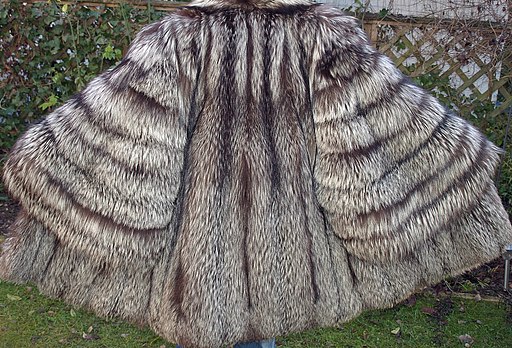
Silver fox fur is valued for its luster, beautiful natural color, and smooth texture. The fur was widely used by the nobles in Western Europe, China, and Russia.
Silver foxes are found across the Northern Hemisphere and Australia. In the wild silver fox may not always reproduce the same coat morph as they often mate with red foxes. For the purposes of trade, silver foxes are extensively raised in ranches.
Did you know?
In New England, silver fox fur was once considered more valuable than 40 American beaver skins. Leaders would accept the silver fox fur as a gift to mark a reconciliation.
7. Marten Fur Coat
Natural color: Pale yellow to tawny brown
Texture: Short, soft, lush fur
The average length of fur: 1-1.5 inches
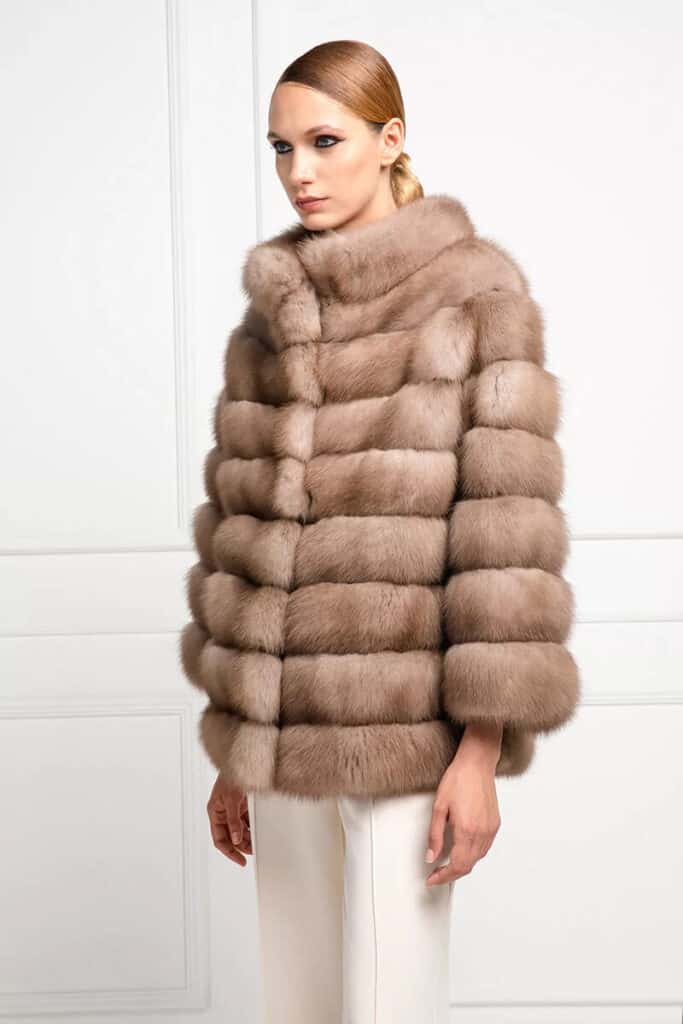
Marten fur is soft, warm, and reasonably durable. Marten fur is very similar to sable fur in terms of color and luxury, but the cost is significantly low.
The fur is collected from American marten, found in Canada and USA. During the peak of the North American fur trade, they were trapped indiscriminately by the traders.
During the early 1900s, the country used to sell 60,000 pelts per year. As a result, their populations were reduced significantly. However, the population rebounded during the latter half of the 20th century.
Did you know?
During the 1300s in England, no one below the rank of a knight was allowed to wear fur. It was directed by a law passed by King Edward III in 1337. Also, for a long, only lords were permitted to use sable fur in their clothing.
6. Mink Fur Coat
Natural color: White, mahogany, tawny brown, black, and various shades in between
Texture: Soft and durable
The average length of fur: ¾ to 1 inch
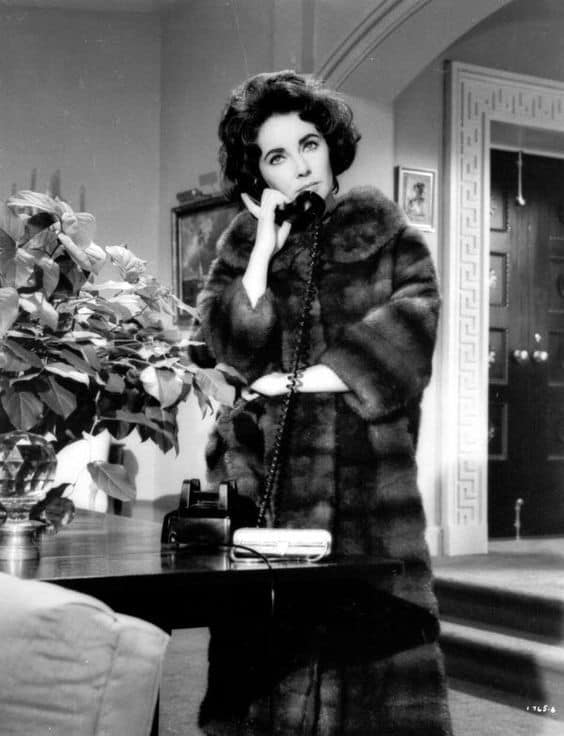
Mink coats have dominated the market of luxury fur coats for decades. In the early 1980s, a mink coat would typically cost something between $8,000 and $50,000. However, the price of a coat made from the fur of all-belly black Russian mink could go above $400,000.
The mink coat lost its glory with time due to various factors. The premium fur industry was forced to diversify to other furs after the 1987 stock market crash. Besides, during the 1990s, China flooded the market with fur products that were inferior in quality but more affordable.
Mink fur is glossy, soft, silky, and yet durable. A mink coat can last for decades if handled with proper care. They come in a wide variety of colors. The American mink has a dark brown coat when in the wild. However, farm-bred minks can have various coat colors, from white to almost black.
Did you know?
Denmark was the world’s largest exporter of mink fur. In November 2020, amidst the growing threat of Coronavirus, the Danish government ordered to kill off its entire mink population because of fears of spreading Covid mutation. A total of 15 to 17 million minks were killed. Soon after, Kopenhagen Fur, the largest fur auction house in the world, announced its closure.
5. Ermine Fur Coat
Natural color: White with black patterns
Texture: Soft and dense
The average length of fur: 2-3 inches
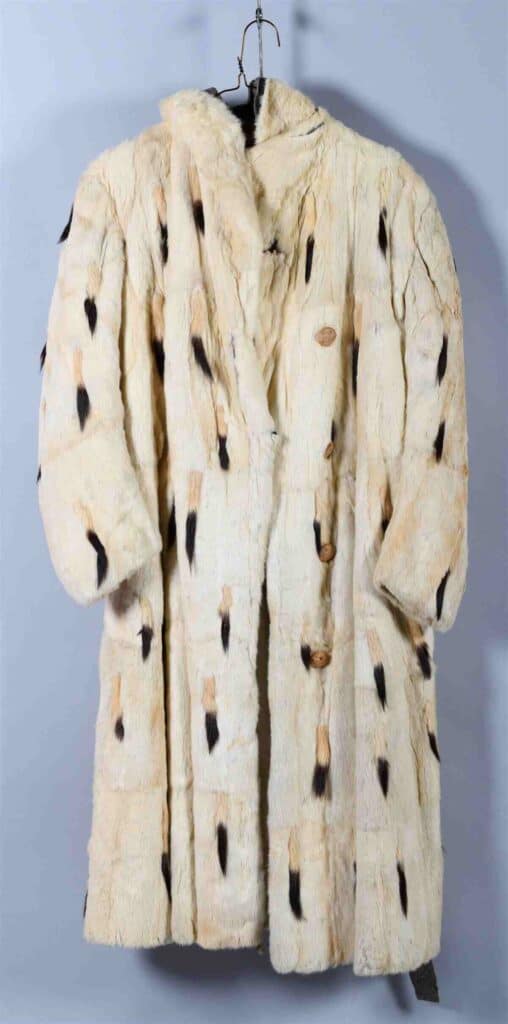
Ermine, also known as Stoat, is a mustelid found in Eurasia and North America. During the summer, the coat color of a stoat remains brown with whitish patches on the throat, chest, and belly. In winter, the color changes to white, except for the black tail tip.
The fur collected in winter is highly sought after due to its fineness and pure color.
Ermine fur coat was widely used by Catholic Monarchs in 15th century Europe. Those fur coats were often adorned with gold. During the 20th century, the Soviet Union became the largest supplier of ermine fur. The ermine fur from the Soviets was also known for its high quality.
The use of original ermine fur has decreased significantly in recent times. Even luxury brands do not use this fur in their clothing lines.
Did you know?
The robes used by members of the UK House of Lords during the ceremonies have traditionally been embellished with ermine.
4. Vicuna Fur Coat
Natural color: Golden Brown or pale white
Texture: Superfine, light, and soft
The average length of fur: 1-1.4 inches
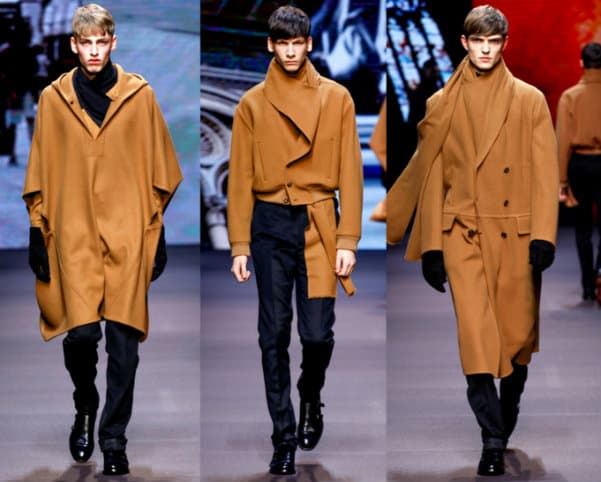
Vicuna is a rare South American camelid living in the high alpine areas of the Andes. The wool collected from vicuna is one of the finest natural fibers in the world. One single fiber measures around 12 microns or 12/1000 millimeters. It is 10% lighter than cashmere.
A single Vicuna produces around 1.1-pound wool a year. It often takes them as long as three years to grow back their coat after being sheared. This long production time makes the Vicuna wool incredibly rare.
Besides, vicuna is also an endangered species. During the colonial period and even after that, hunting of vicuna was not restricted by law. As a result, they have been hunted down indiscriminately for their expensive fur.
In the 1960s, the total number of vicuna came down to 6,000. It was declared endangered in 1974. Today, the population has recovered to about 350,000, but conservation organizations still maintain that the animal requires active conservation effort.
Did you know?
The Incas reserved the privilege of wearing clothes made with Vicuna wool only for the royal family. Common people were not allowed to kill vicuna or wear this fur.
3. Chinchilla
Natural color: Various shades of grey
Texture: Short, incredibly soft
The average length of fur: ¾ to 1 inch
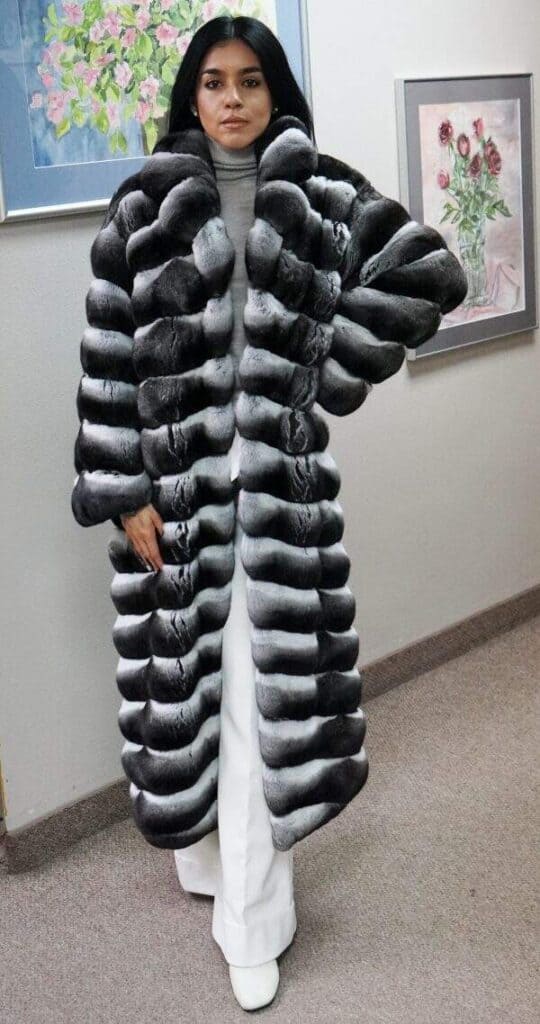
Chinchillas are endemic to the Andes mountains in South America. With over 20,000 hairs per square centimeter, the chinchilla has the highest fur density of all mammals living on land.
Chinchilla fur has been highly valued for its warmth, softness, and uniform color. Chinchilla fur’s fame as a luxury clothing material goes back to the 16th century.
Chinchillas are relatively small animals; it may require up to 150-200 pelts of chinchillas to make a full-length coat.
Did you know?
Overfarming and hunting led to the extinction of one species of chinchilla. The other two species are also on the edge of extinction. The furs that we get today are from domesticated ranch-raised animals.
2. Russian Sable
Natural color: Amber to silvery brown
Texture: Short, super soft
The average length of fur: 1 to 1 ½ inches
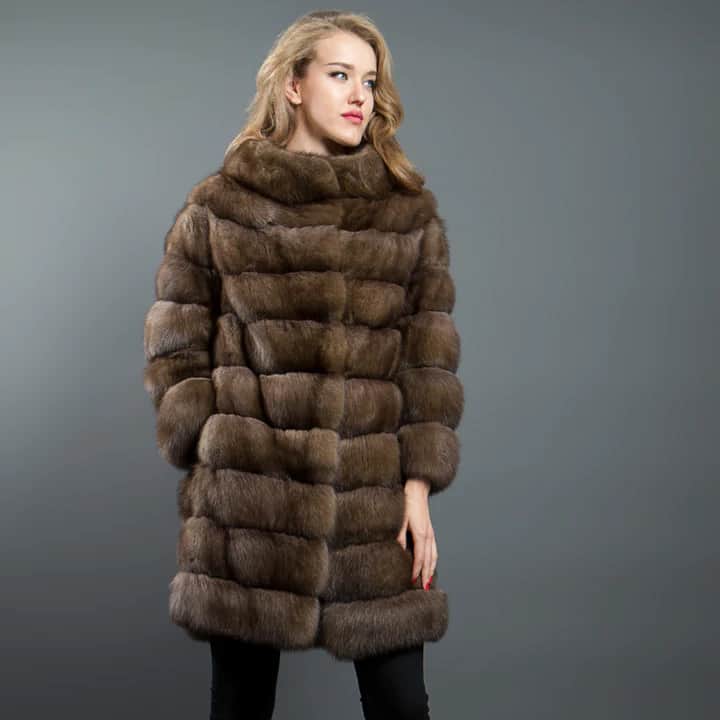
Sable has been one of the most expensive furs for centuries. This fur is collected from a species of marten which is known for its exceptionally warm fur. Sable fur is long, soft, and comes in beautiful colors. The fur is unique as it retains its softness even when stroked against the grain. It also retains softness and luster without any additional care.
The best quality sable fur is found in Russia. Canada also produces good quality sable fur, while furs sourced from China and Japan are comparatively inferior.
Sable fur is exclusively used for luxury fashion. It is difficult to find original sable fur coats in the mass market.
Did you know?
As furs from the wild-caught sable fetch the highest price in the market, after the fall of the Soviet Union in the 1990s, poaching and hunting of sable had gone up in almost all parts.
1. Lynx
Natural color: Medium brown to beige-white
Texture: Long, silky soft
The average length of fur: 2 inches
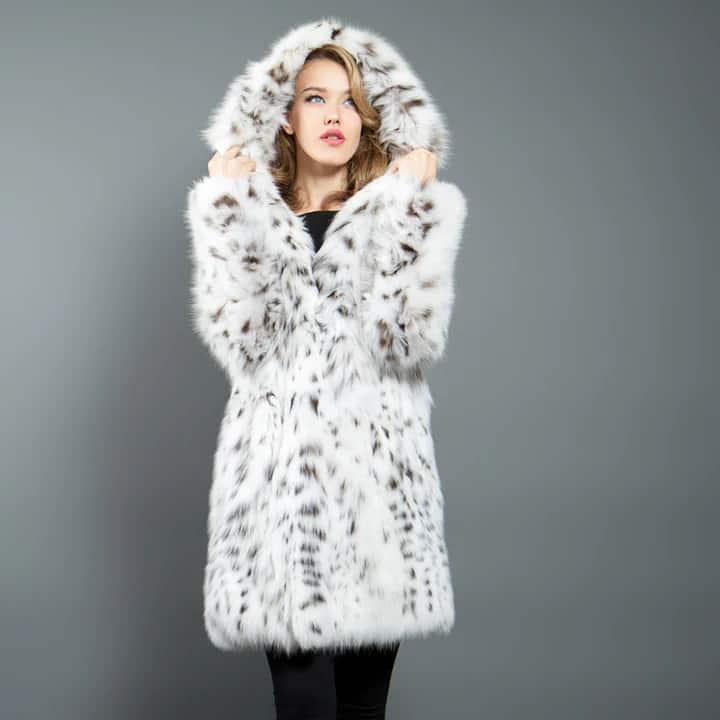
Lynx fur coats are the most expensive fur coats in the global luxury fashion market. The fur is celebrated for its dramatic appearance, long strands, and silky soft feel.
Lynx are native to Europe, Russia, and North America. The Canada lynx has subtler spots, while the markings are much more pronounced in bay lynx found in the continental US, South Canada, and northern Mexico.
The most expensive lynx fur coats are white in color. It is collected from the chest and belly of the animal.
Did you know?
California is the first state in the US that has passed a legislature to ban fur products. The law will become effective in 2023. The use of fur is banned in the UK, Ireland, Germany, and Belgium. All fur farms in the Netherlands will be closed down in the next two years. France will shut down fur trading by 2025.
